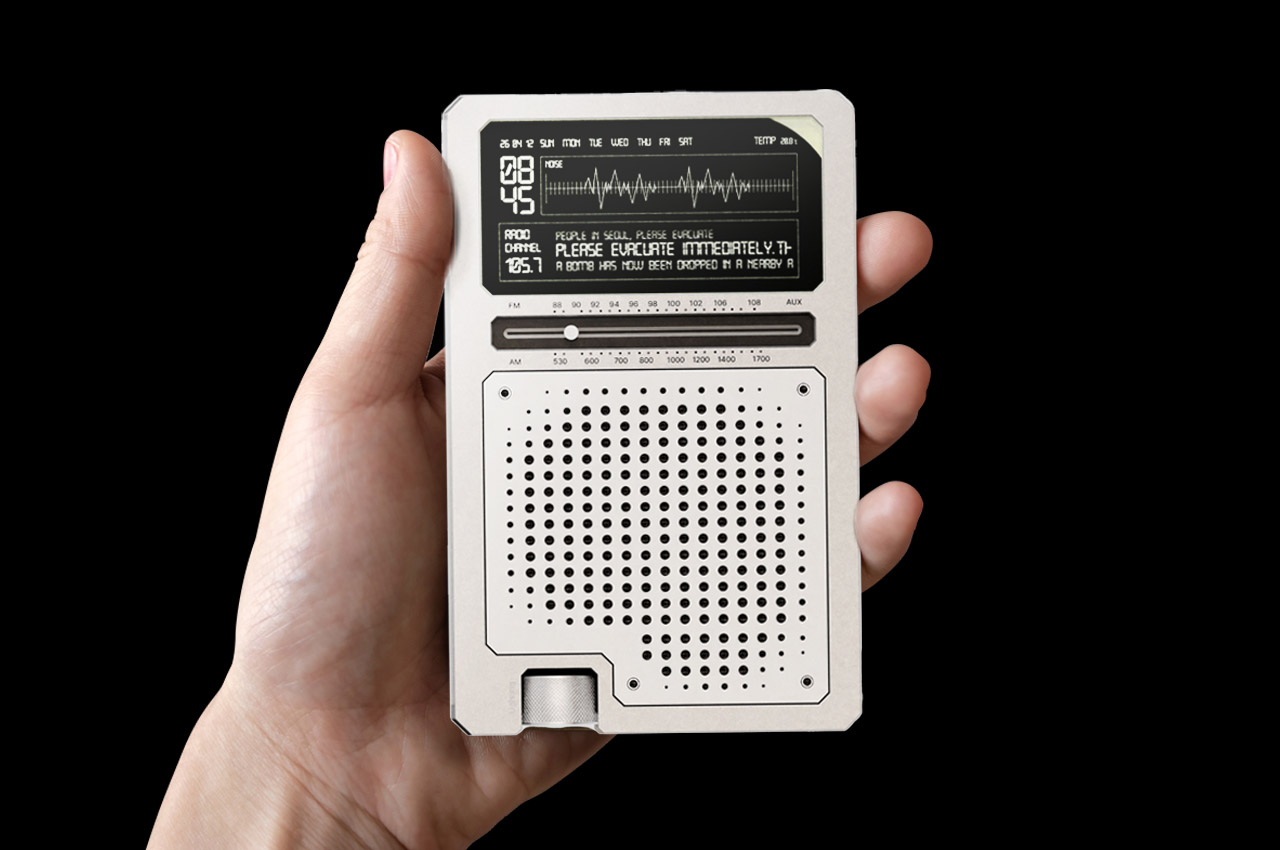
When a natural disaster strikes you’ve got mere seconds or minutes to stay away from harm’s way. The split-second decision-making backed by your senses can be the difference between life and death. Now, just spare a thought for individuals who are deaf – ones who cannot depend on auditory information alone to get instant alerts about a natural disaster like a tornado, wildfire, or flash flood.
In such a situation, more often than not internet communication and even mobile networks are offline. So are the other channels for acquiring the latest news like television. This is a grave disadvantage for deaf people who rely heavily on visual information to stay aware of their environment.
Designer: YUPD
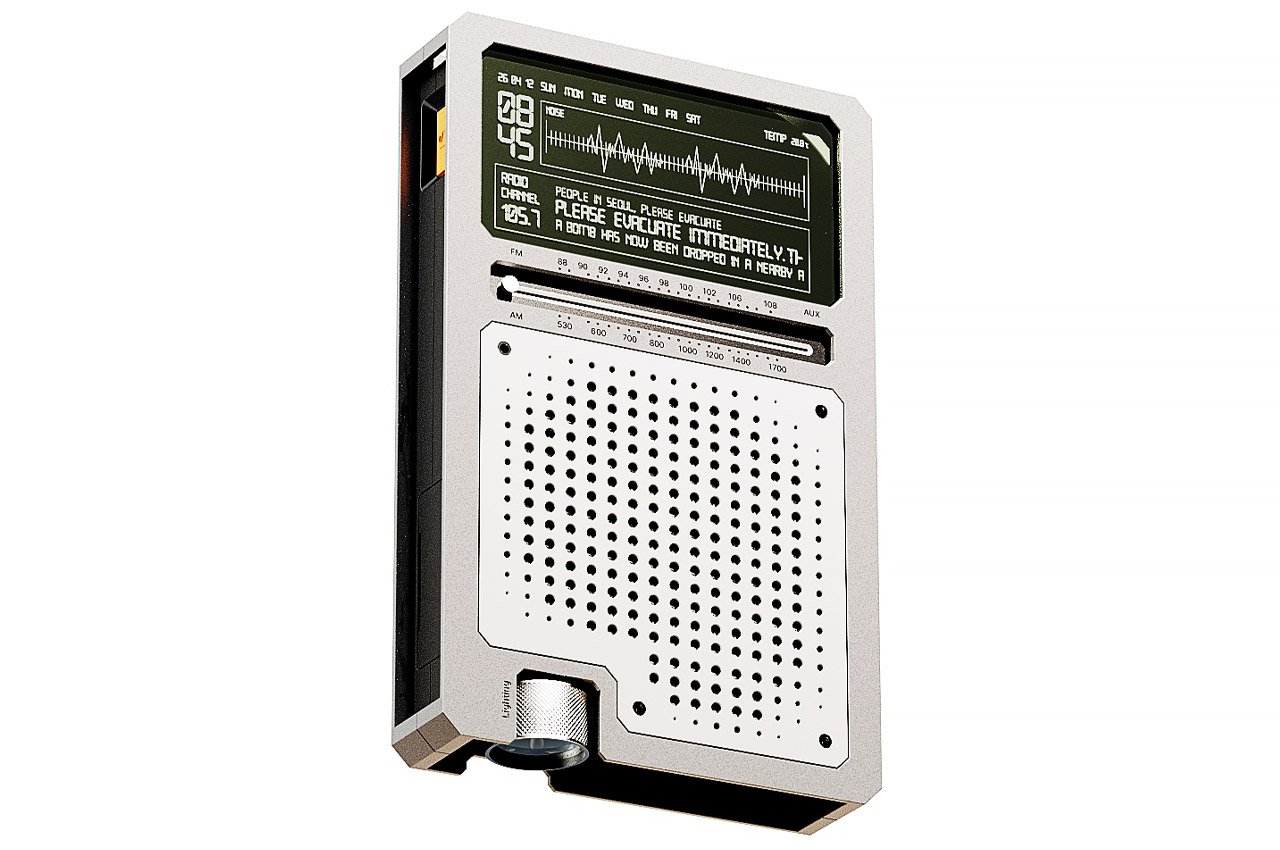

This prompted the mindful team of designers over at YUPD to create a gadget for deaf individuals to stay abreast of all the latest happening in their surroundings. Dubbed Sito, this pocketable device can be a lifesaver in adverse situations. It beams all the vital visual clues on the LCD display and also converts the ambient noise into a frequency displayed in the form of visual graphs on the small screen.

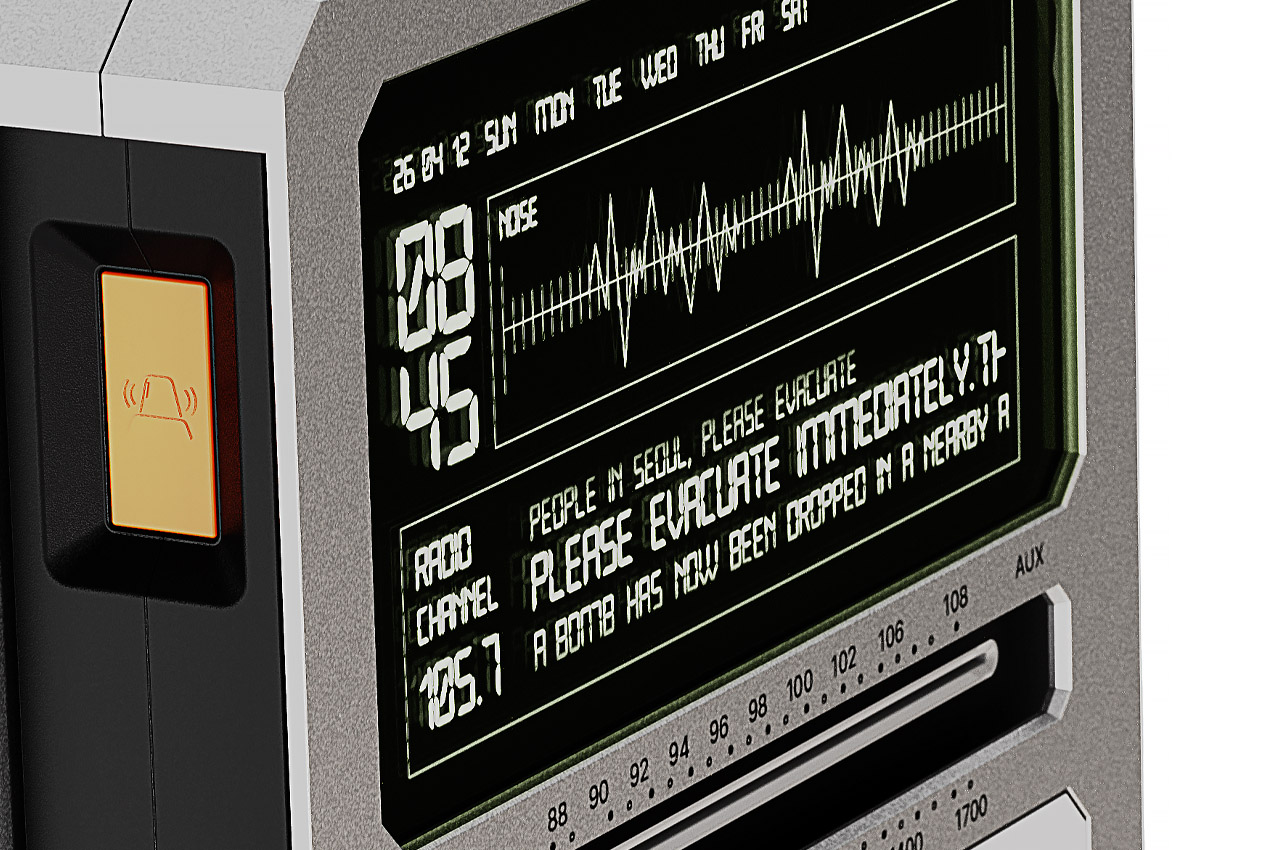
As soon as a distress situation is detected, the gadget automatically turns on the live radio feed of the local region in text format to keep the user informed. The LCD switches to low power mode to conserve energy just in case you are stuck in a precarious situation. For instance, in the event of an earthquake or flood, you can use Sito to inform others of your location with a siren button. A flashlight at the bottom of the gadget is another useful function in a dire situation, like being stuck under the rubble of a building.
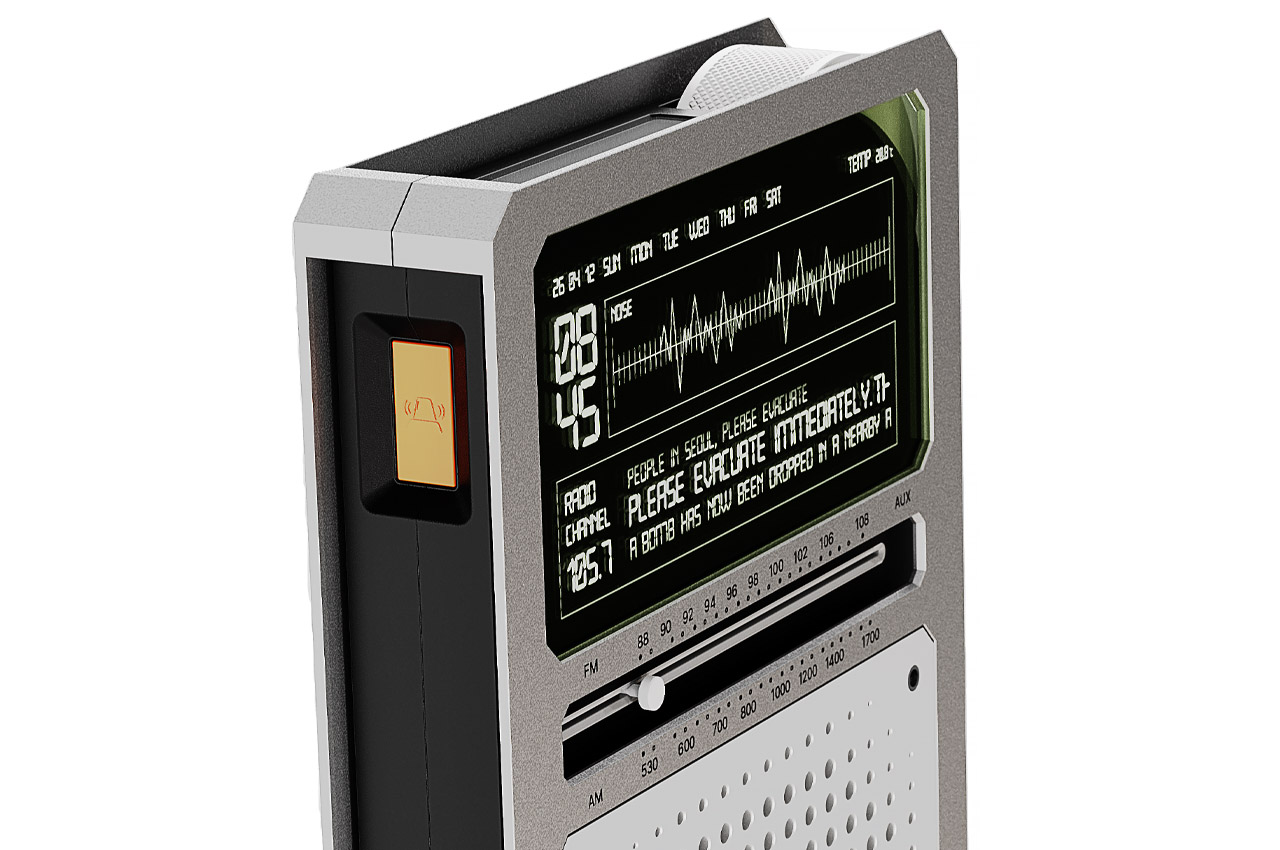
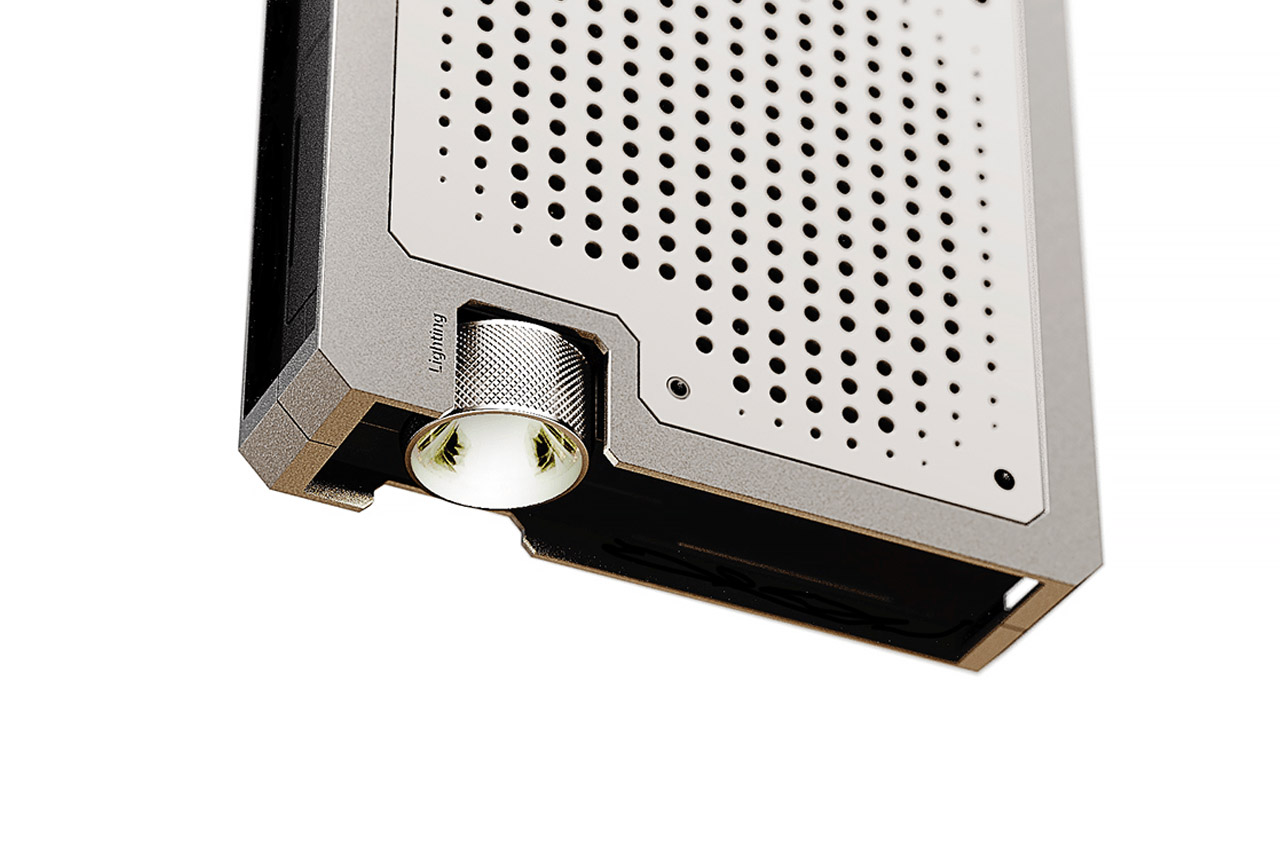
A very useful concept that needs to materialize to keep the unfortunate disabled people safe without having to deal with any disadvantages. I can’t help but get a Teenage Engineering vibe from the Sito given its design. That said, the looks are not the talking point here, rather the functionality that’ll be vital in saving lives wherever and whenever possible.
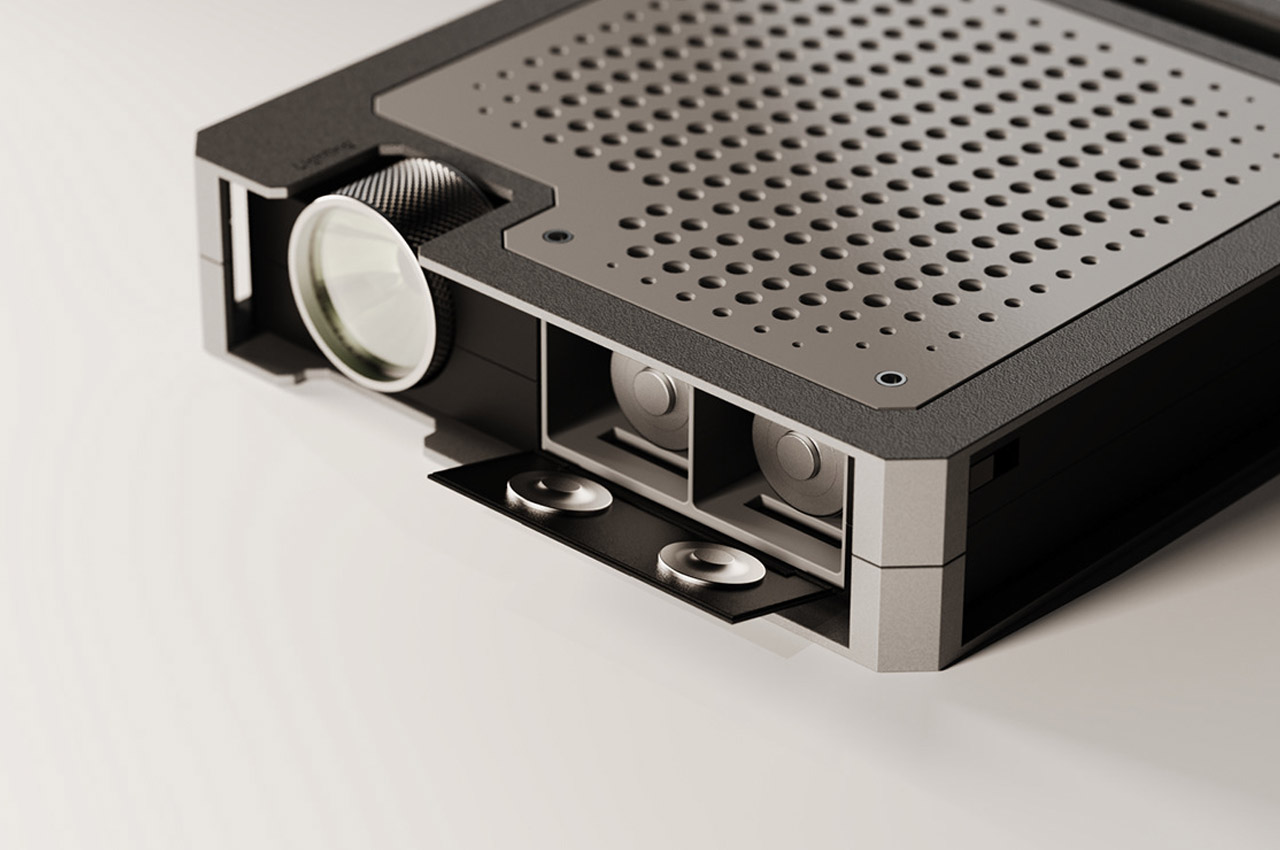

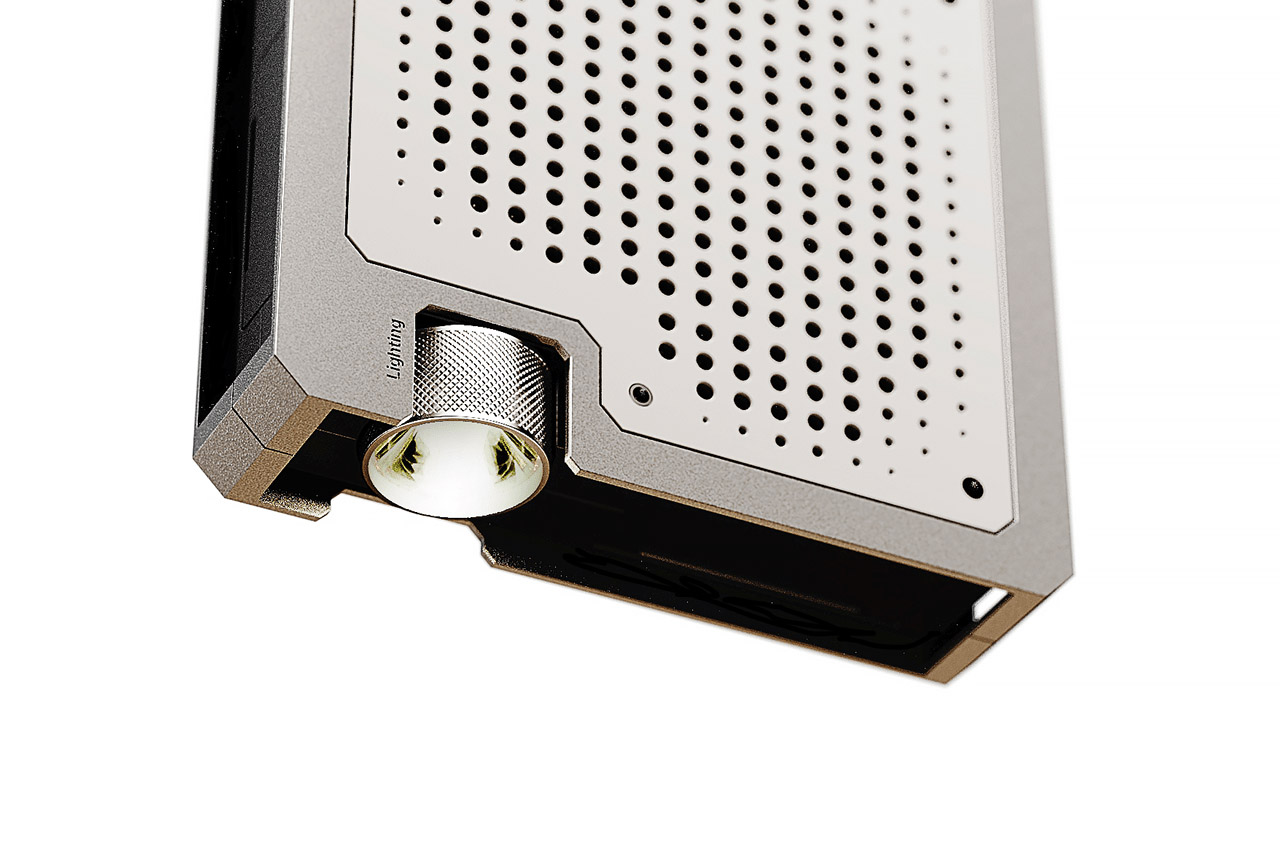
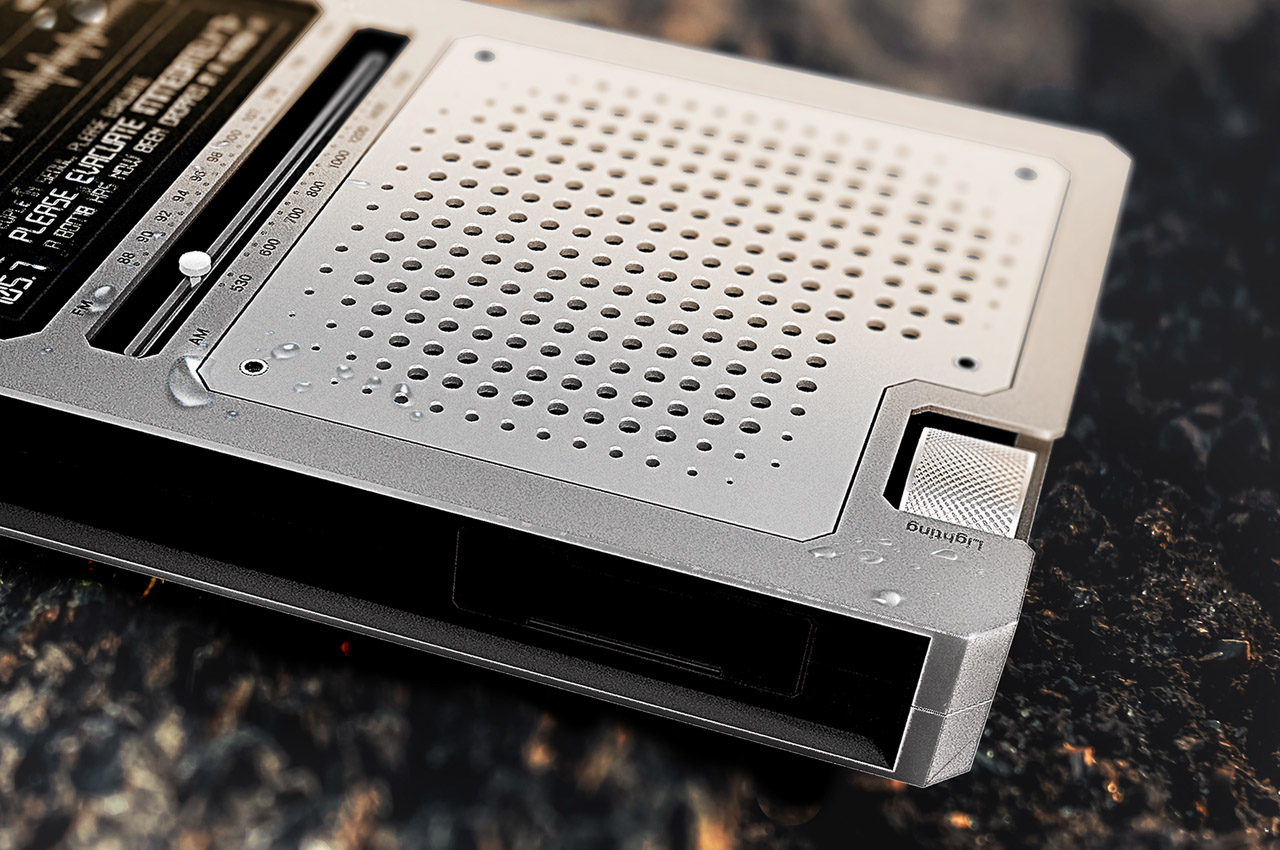
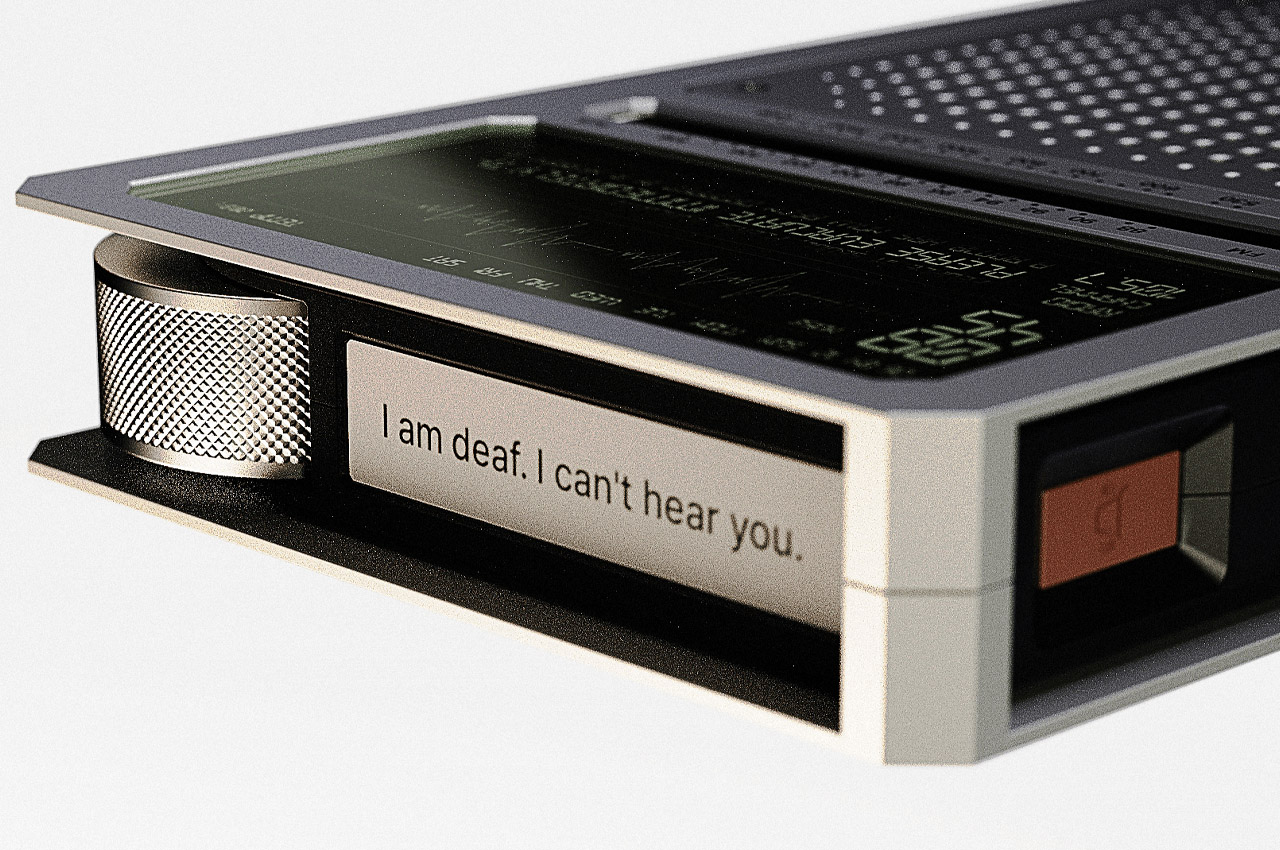

The post This SoS gadget for the hearing impaired is a lifesaver in case natural disaster strikes first appeared on Yanko Design.
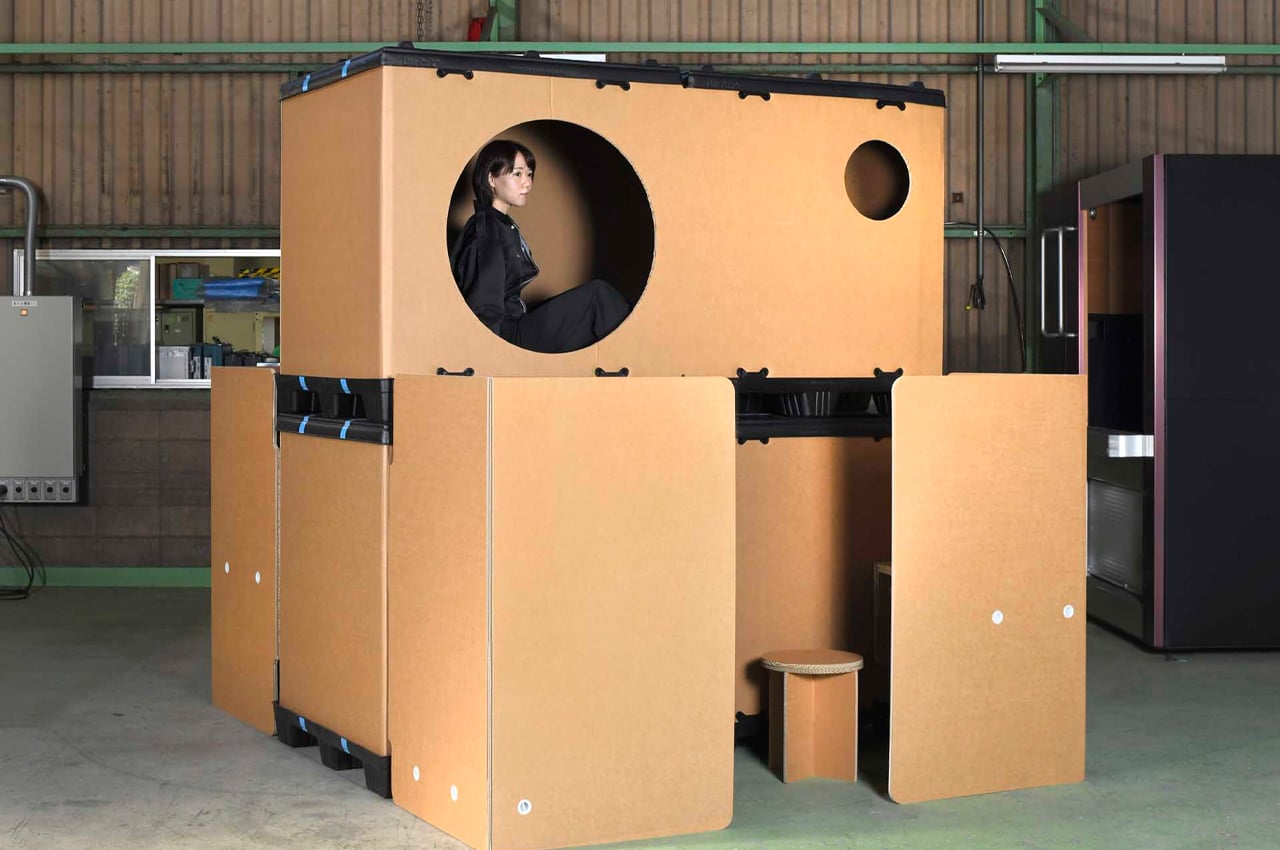
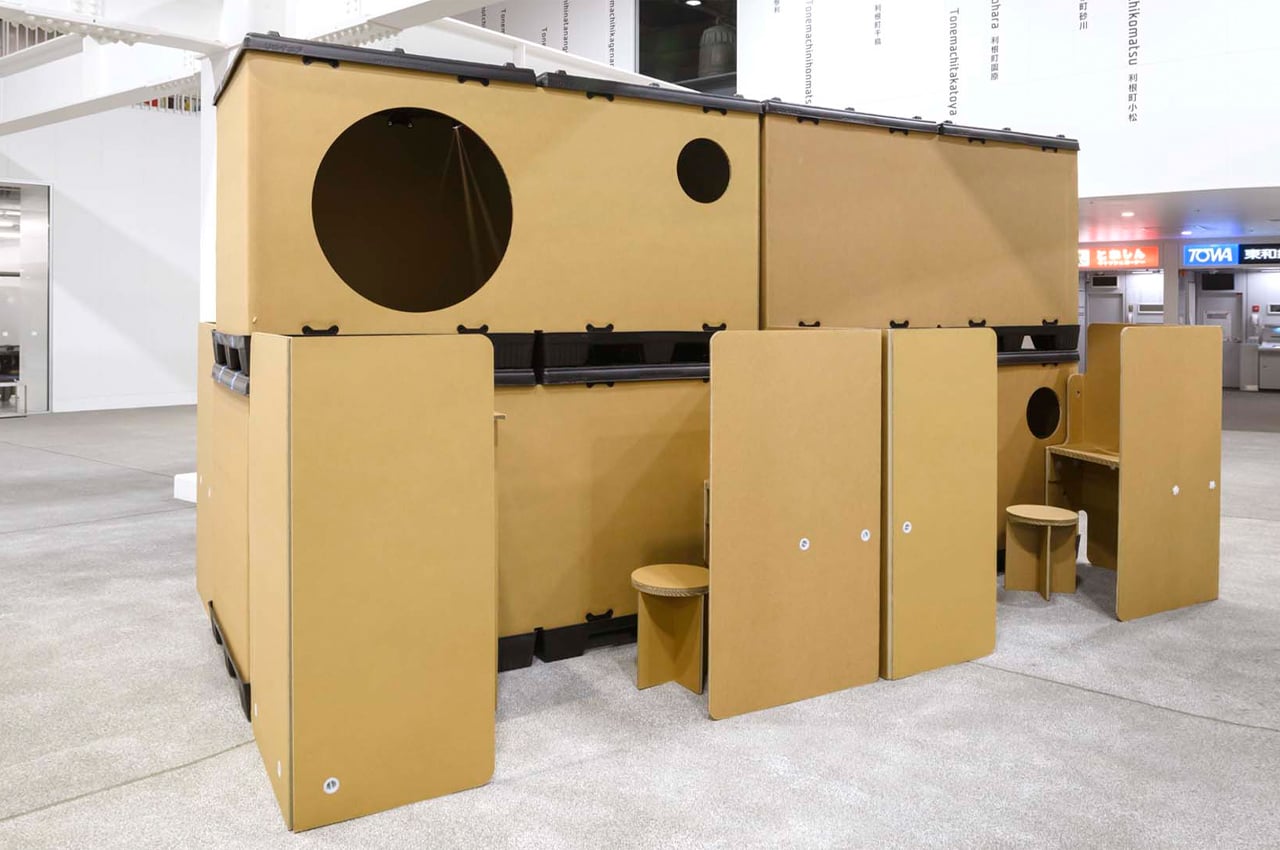
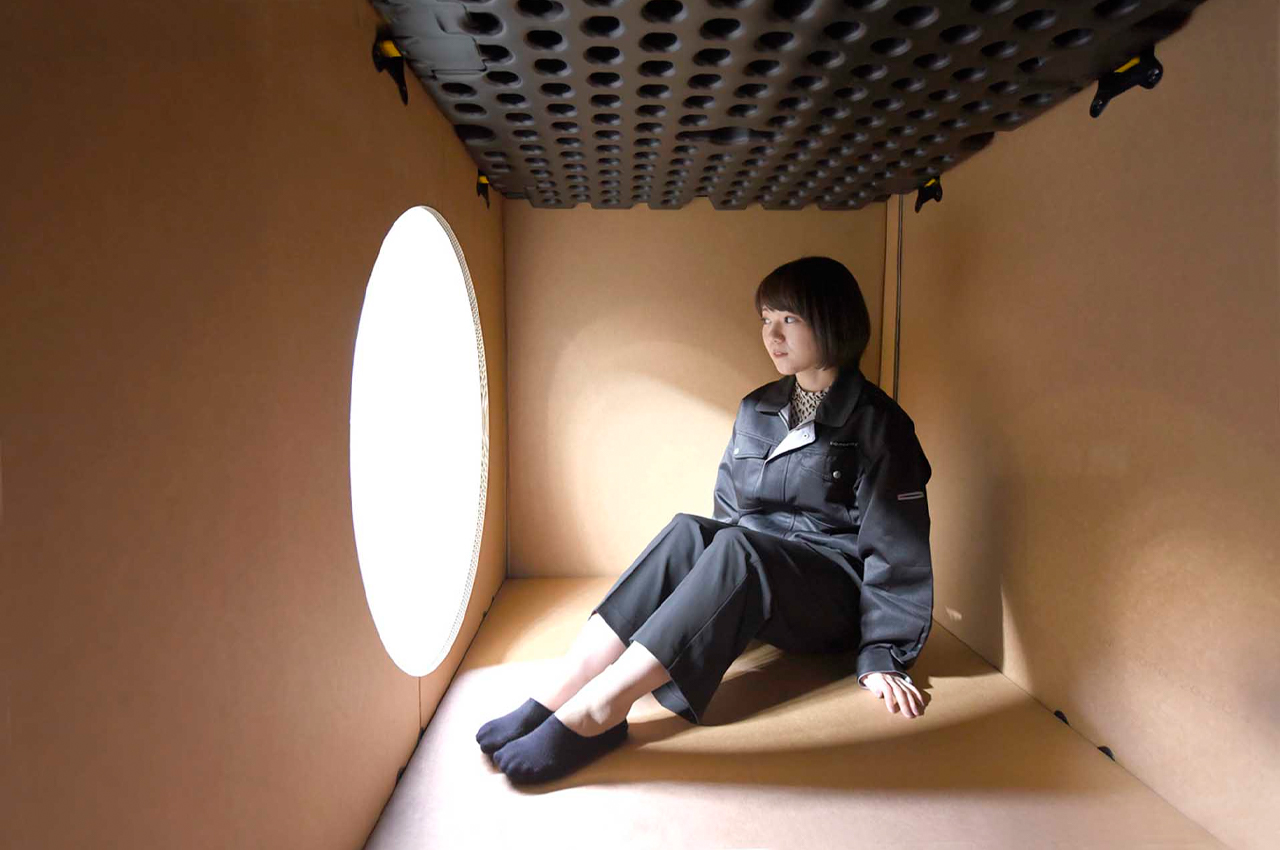
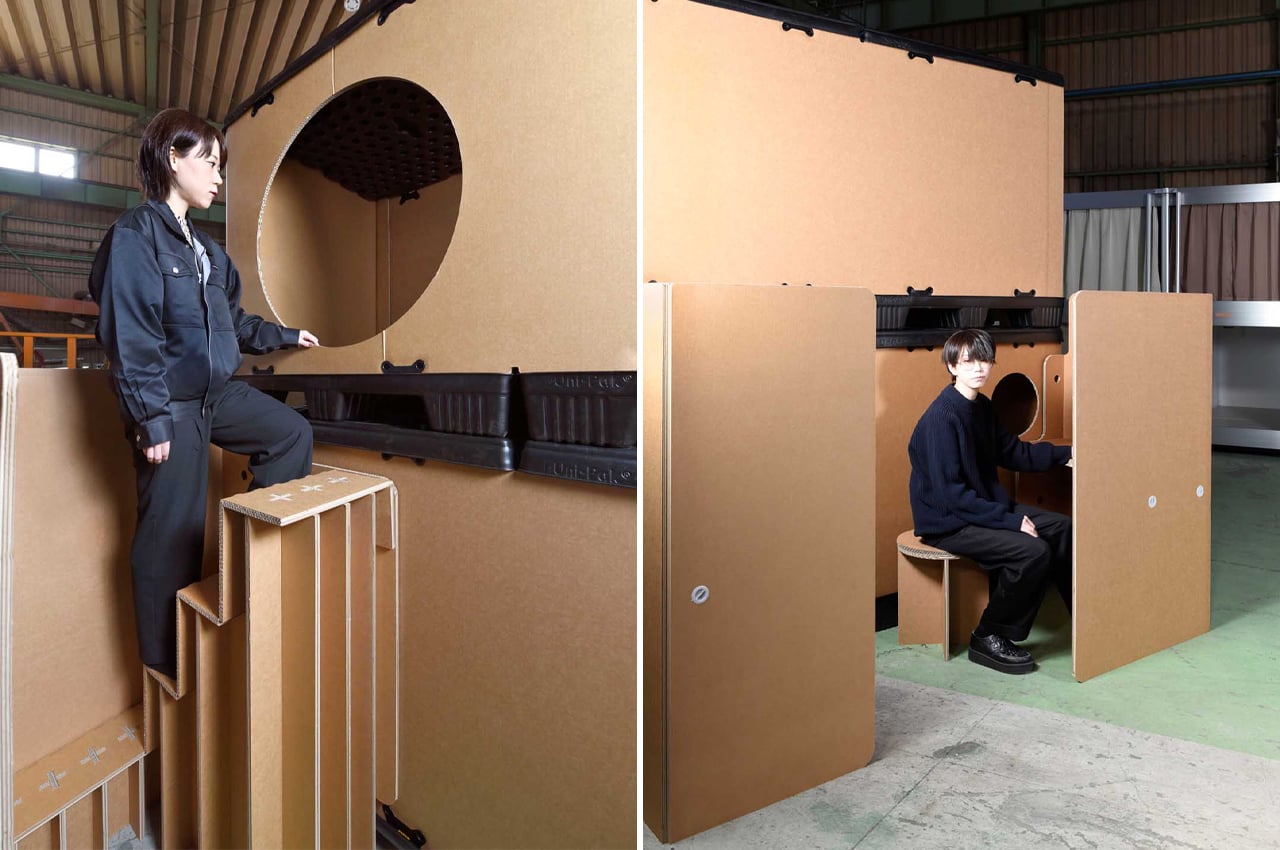
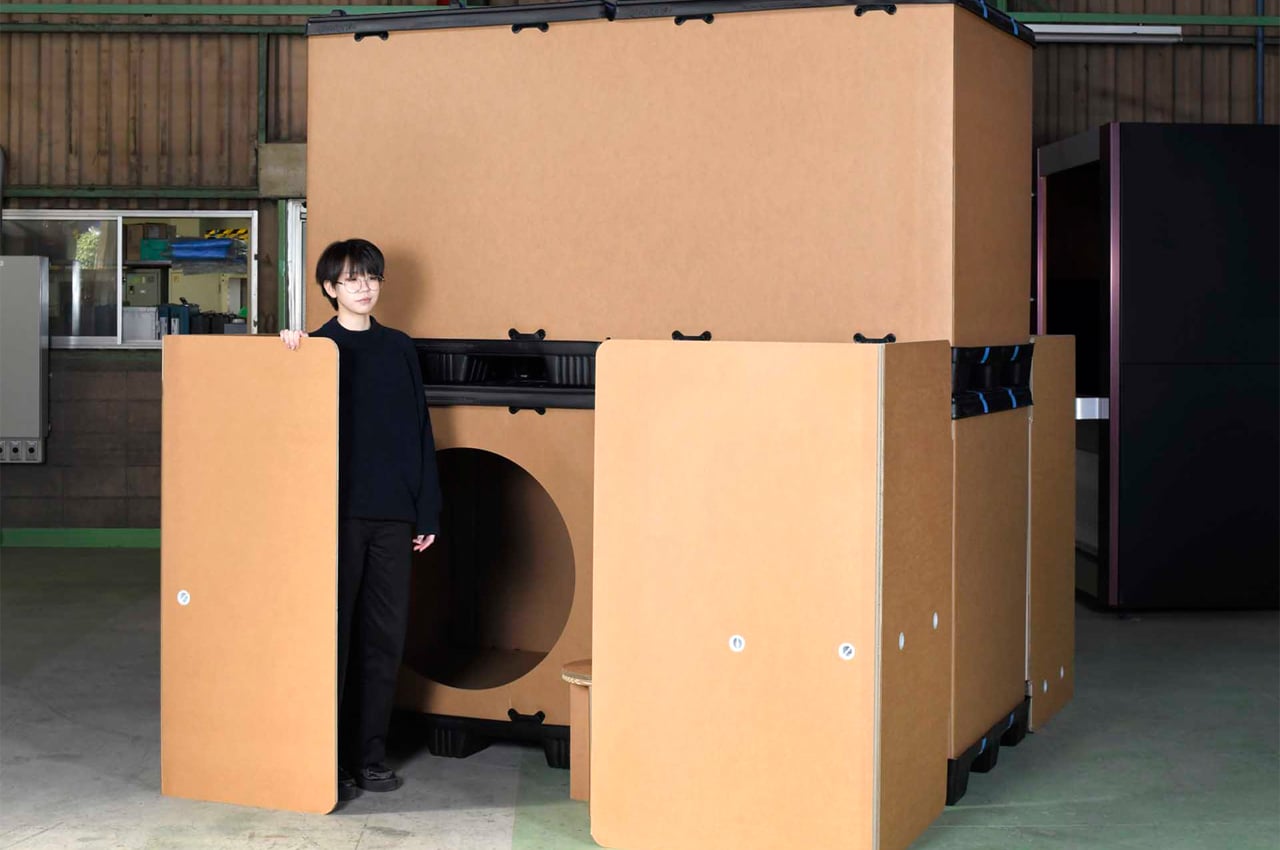
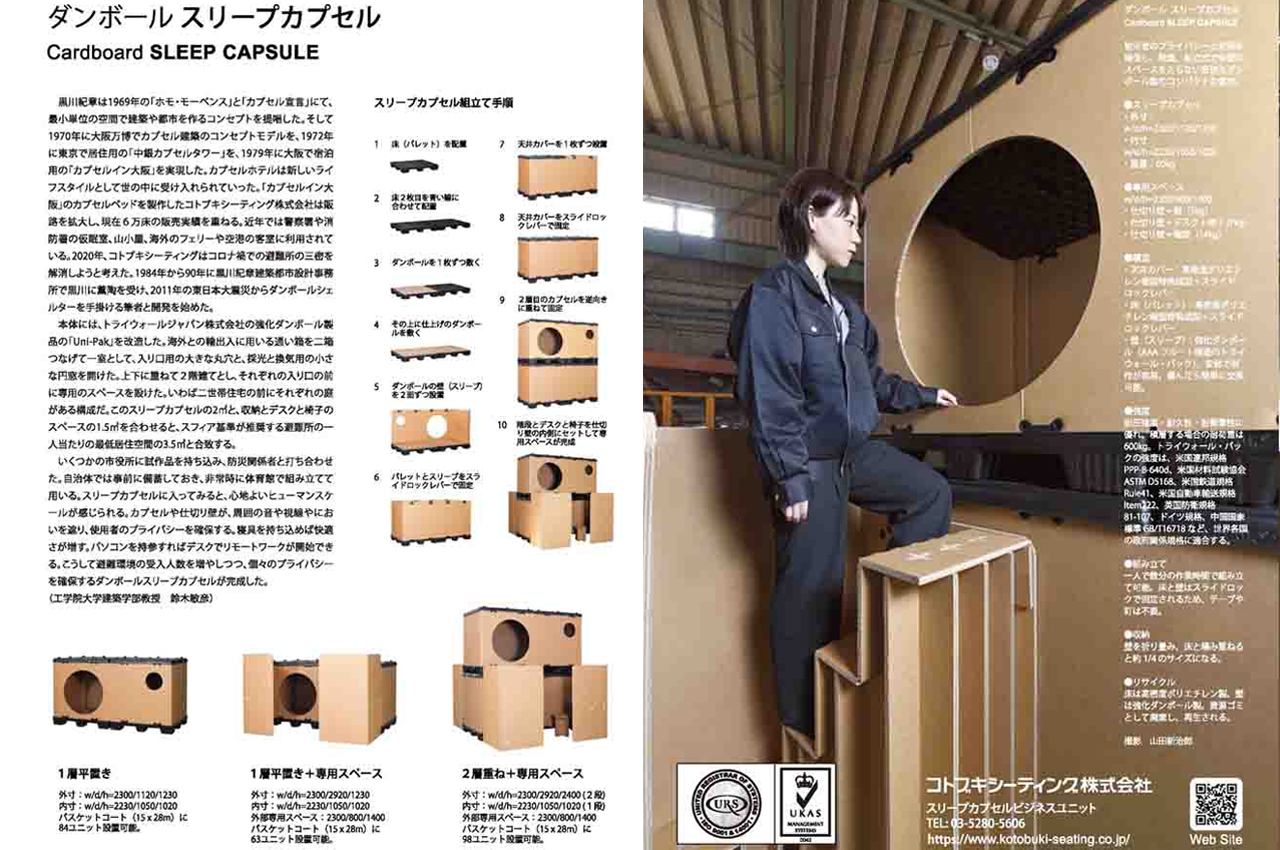
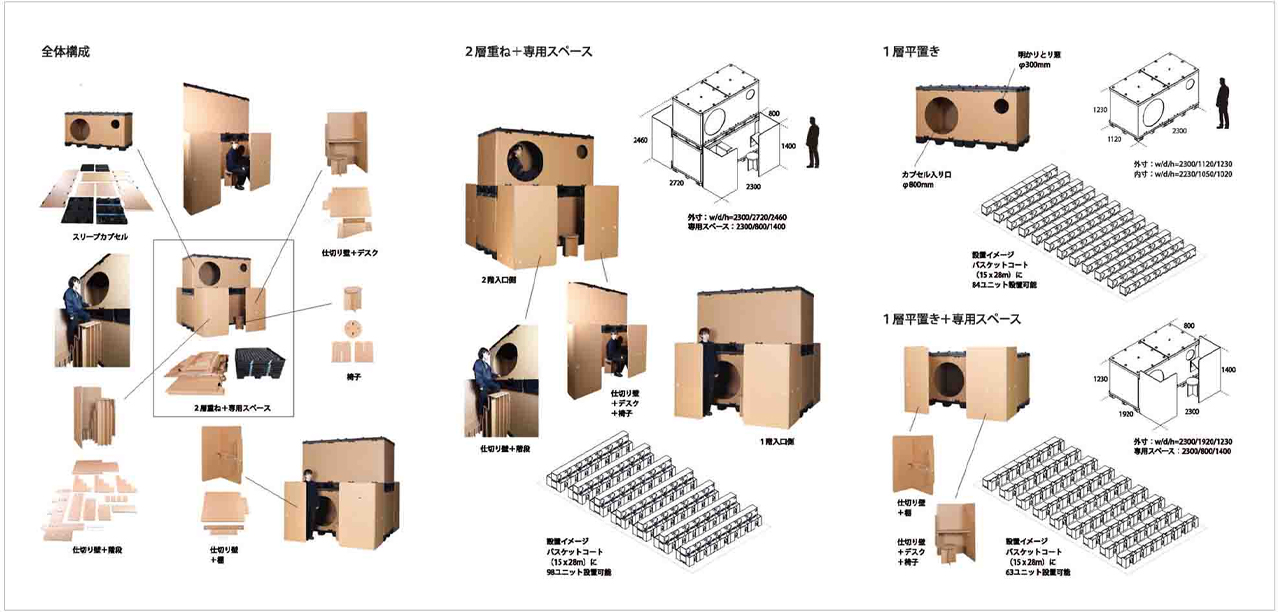
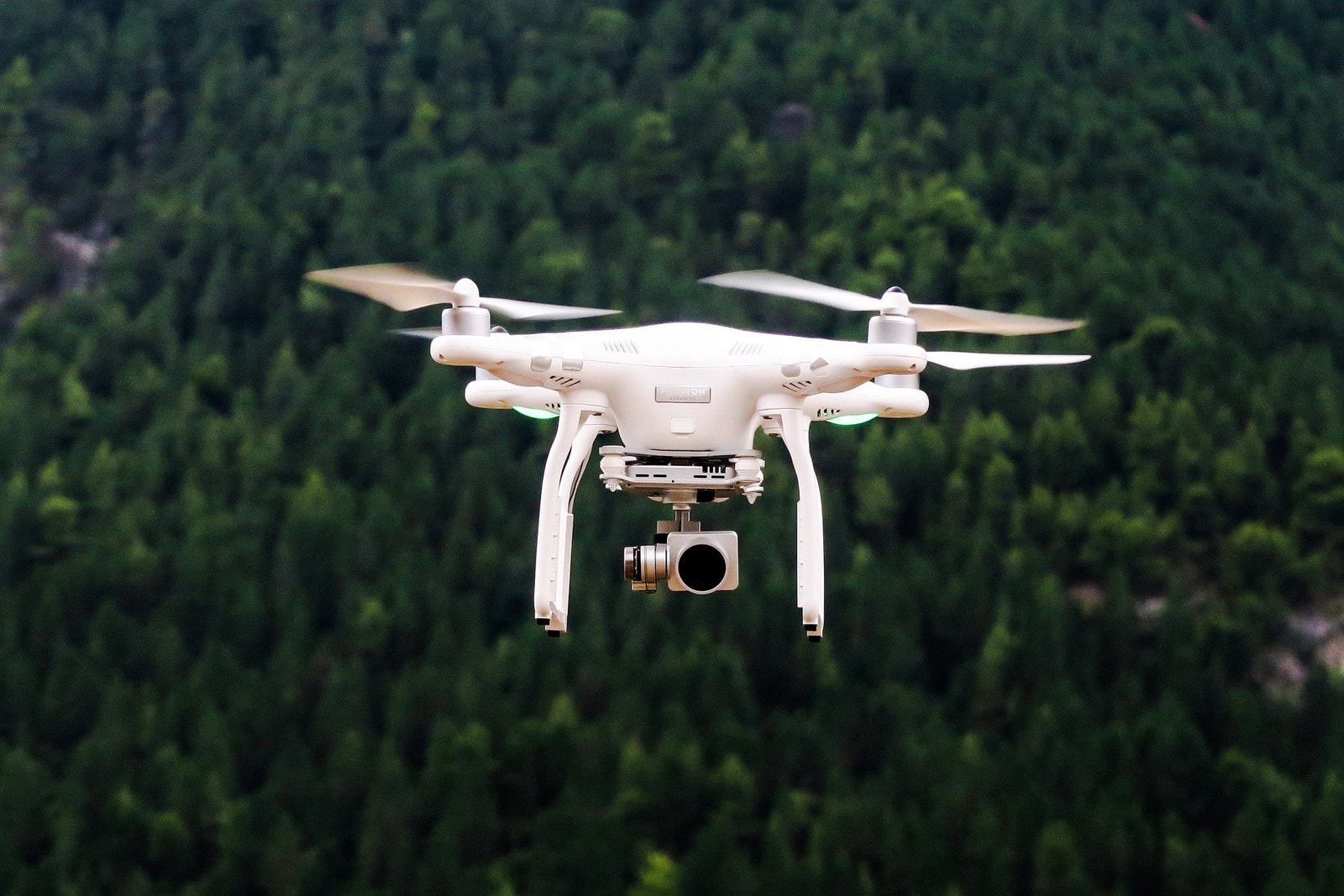 Drones might soon deliver a heads-up when natural disasters are about to strike. Researchers have developed a communication system that uses a drone network to provide early warnings for disasters. The challenge wasn't so much the drone-to-drone comm...
Drones might soon deliver a heads-up when natural disasters are about to strike. Researchers have developed a communication system that uses a drone network to provide early warnings for disasters. The challenge wasn't so much the drone-to-drone comm...
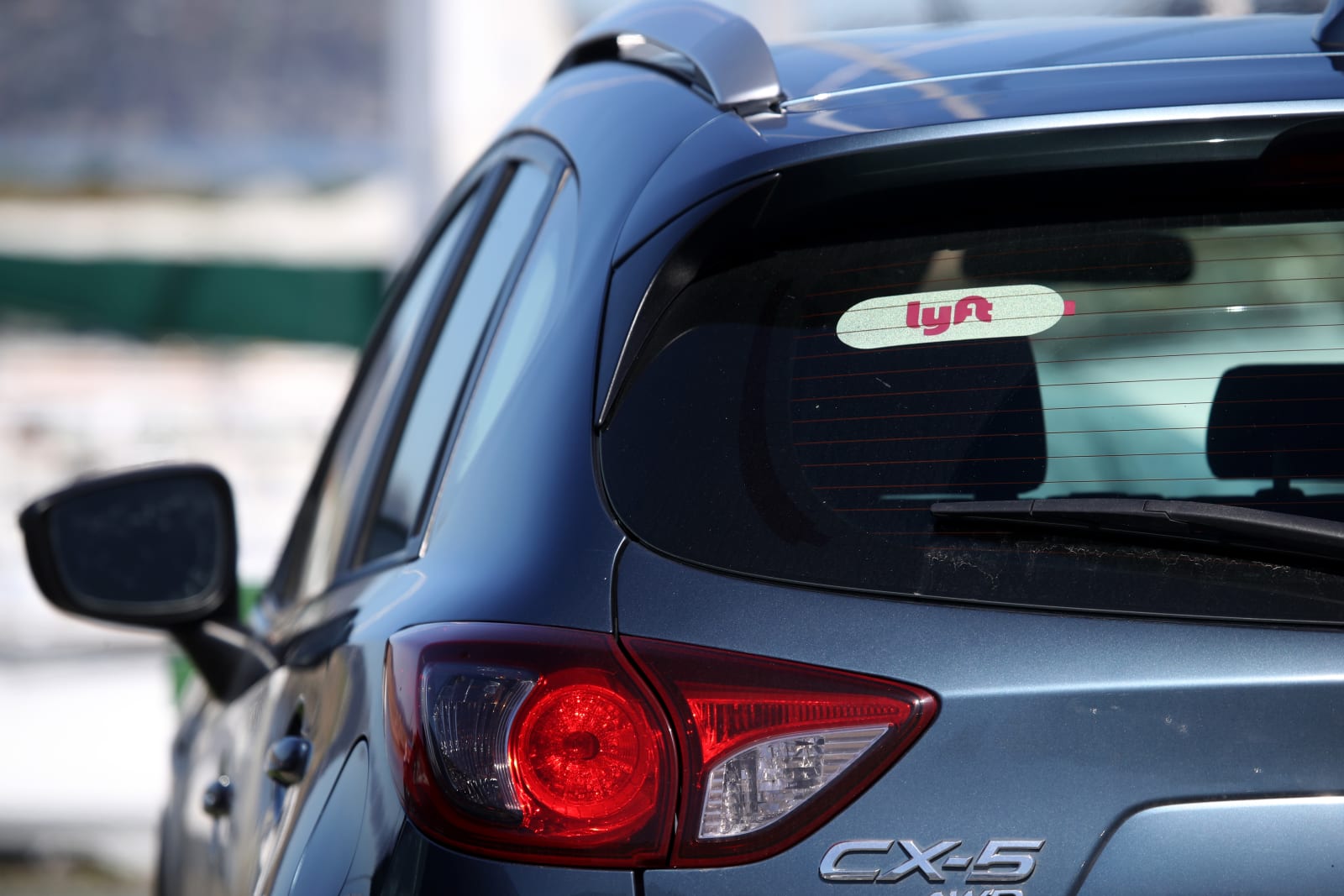 Lyft just illustrated how it will respond in the middle of a crisis. The company has introduced a Disaster Relief Access Program that promises support for people in affected areas. In situations when the roads are safe, the ridesharing firm will ty...
Lyft just illustrated how it will respond in the middle of a crisis. The company has introduced a Disaster Relief Access Program that promises support for people in affected areas. In situations when the roads are safe, the ridesharing firm will ty...




